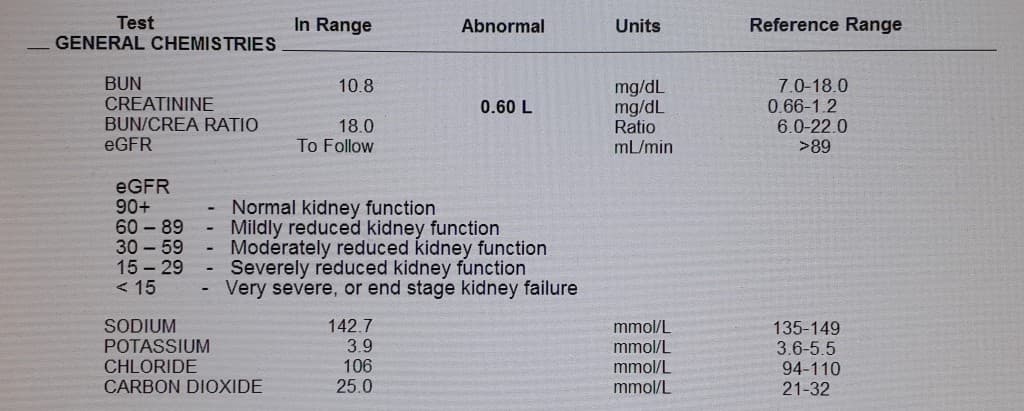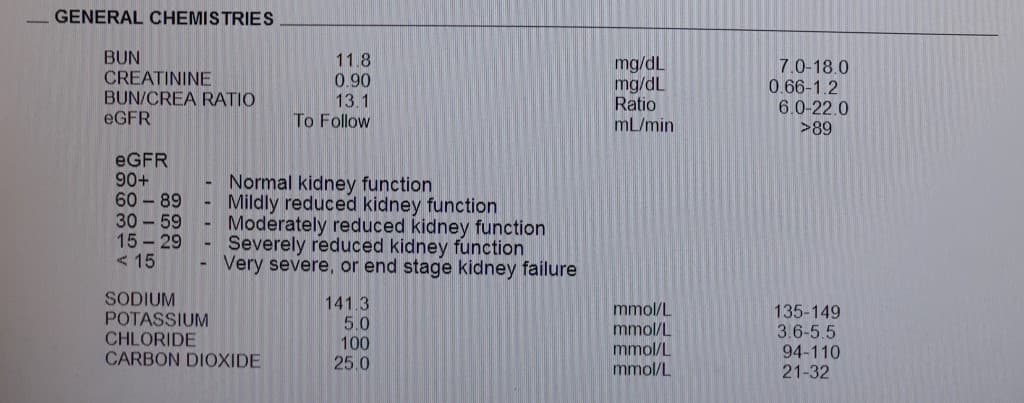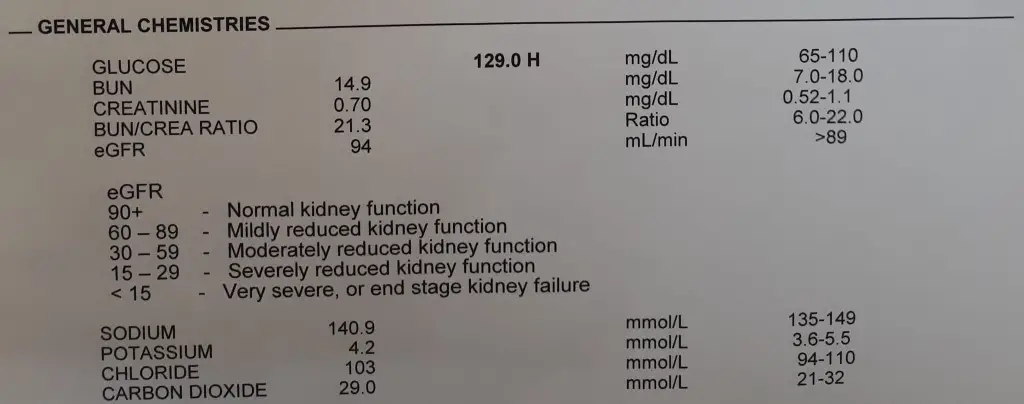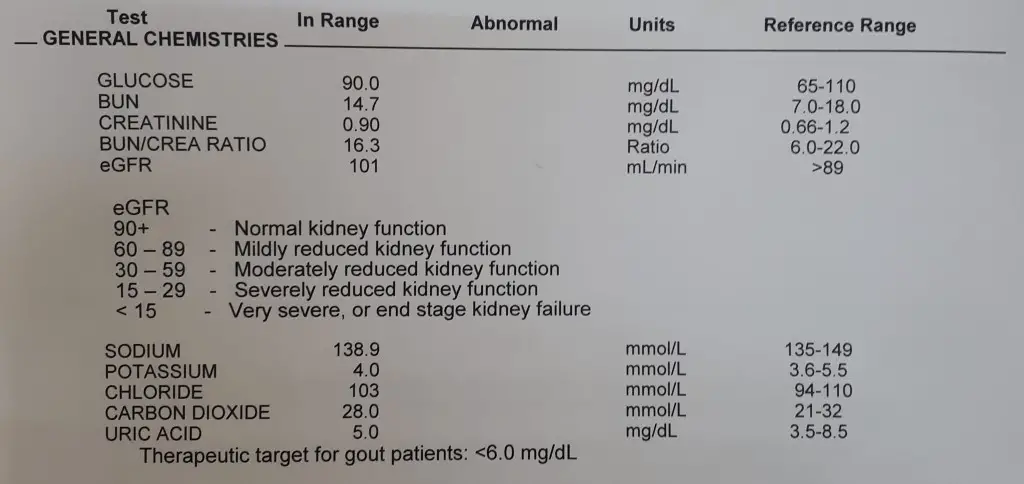A Basic Metabolic Panel (BMP) is one of the most commonly ordered blood tests. It provides valuable insights into your body’s metabolism and helps assess the function of critical organs like the kidneys, heart, and muscles. By measuring essential components in your blood, the BMP can detect imbalances that may indicate underlying health issues.
If you’ve recently had a BMP, here’s what the test measures and what your results might mean.
What Is a Basic Metabolic Panel (BMP)?
A BMP evaluates key substances in your blood to monitor your overall health and screen for various conditions. It typically measures eight components, including electrolytes, glucose, and markers of kidney function.
Your doctor may order a BMP as part of a routine check-up, to investigate symptoms like fatigue or nausea, or to monitor chronic conditions such as diabetes or kidney disease.
Components of a BMP and Their Significance
1. Glucose
Glucose is the body’s primary source of energy, and its levels indicate how well your body regulates blood sugar.
- Normal Range: 70–100 mg/dL (fasting)
- High Levels: Could indicate diabetes, stress, or other metabolic conditions.
- Low Levels: May suggest hypoglycemia, malnutrition, or certain hormone disorders.
2. Calcium
Calcium is vital for bone health, muscle function, nerve signaling, and blood clotting.
- Normal Range: 8.5–10.2 mg/dL
- High Levels: May be due to hyperparathyroidism, cancer, or excessive vitamin D intake.
- Low Levels: Could indicate kidney disease, low vitamin D levels, or malnutrition.
3. Sodium
Sodium helps regulate fluid balance, blood pressure, and nerve and muscle function.
- Normal Range: 135–145 mEq/L
- High Levels (Hypernatremia): May result from dehydration, high salt intake, or hormonal disorders.
- Low Levels (Hyponatremia): Could be caused by kidney problems, excessive water intake, or certain medications.
4. Potassium
Potassium is essential for muscle contractions, nerve function, and maintaining a healthy heart rhythm.
- Normal Range: 3.6–5.2 mEq/L
- High Levels (Hyperkalemia): Often linked to kidney disease, dehydration, or certain medications.
- Low Levels (Hypokalemia): May occur due to diuretics, diarrhea, or malnutrition.
5. Chloride
Chloride works with other electrolytes to maintain fluid balance, blood pressure, and acid-base balance.
- Normal Range: 96–106 mEq/L
- High Levels (Hyperchloremia): May indicate dehydration or metabolic acidosis.
- Low Levels (Hypochloremia): Could suggest fluid loss from vomiting, kidney problems, or chronic respiratory issues.
6. Bicarbonate (Total CO2)
Bicarbonate helps maintain the body’s pH balance by buffering acids in the blood.
- Normal Range: 23–29 mEq/L
- High Levels: May indicate metabolic alkalosis, lung disease, or prolonged vomiting.
- Low Levels: Could suggest metabolic acidosis or conditions like kidney disease or severe diarrhea.
7. Blood Urea Nitrogen (BUN)
BUN measures the amount of nitrogen in your blood from the breakdown of protein, reflecting kidney function.
- Normal Range: 7–20 mg/dL
- High Levels: May suggest kidney dysfunction, dehydration, or high protein intake.
- Low Levels: Could be due to malnutrition, liver disease, or low protein intake.
8. Creatinine
Creatinine is a waste product from muscle metabolism and is another indicator of kidney function.
- Normal Range:
- Men: 0.74–1.35 mg/dL
- Women: 0.59–1.04 mg/dL
- High Levels: May indicate kidney damage or reduced kidney function.
- Low Levels: Could be related to low muscle mass, aging, or pregnancy.
What Do Abnormal BMP Results Mean?
Abnormal BMP results don’t always signify a serious condition. Temporary factors like diet, hydration, stress, or medications can influence your results. However, persistent abnormalities may indicate:
- Kidney Problems: Elevated BUN and creatinine levels.
- Electrolyte Imbalances: Changes in sodium, potassium, chloride, or bicarbonate levels may affect muscle, nerve, or heart function.
- Diabetes or Metabolic Issues: Abnormal glucose levels.
- Calcium Imbalances: May suggest bone disorders, hormonal imbalances, or kidney problems.
Your doctor will consider your medical history, symptoms, and other test results to determine the significance of any abnormal findings.
Basic Metabolic Panel Blood Test Result Pictures
Below are some pictures showing several BMP blood test results for male and female individuals. Some of these show normal results as well as tests that have parameters above or below the normal range.




Conclusion
A Basic Metabolic Panel provides a snapshot of your body’s metabolism and organ function, helping detect potential imbalances before they become serious health problems. Understanding the components of your BMP results empowers you to take an active role in managing your health.
If you have abnormal results, don’t panic—many factors can influence these markers, and your doctor will guide you through the next steps. By maintaining a healthy lifestyle and staying informed, you can support your body’s metabolic health for years to come.
